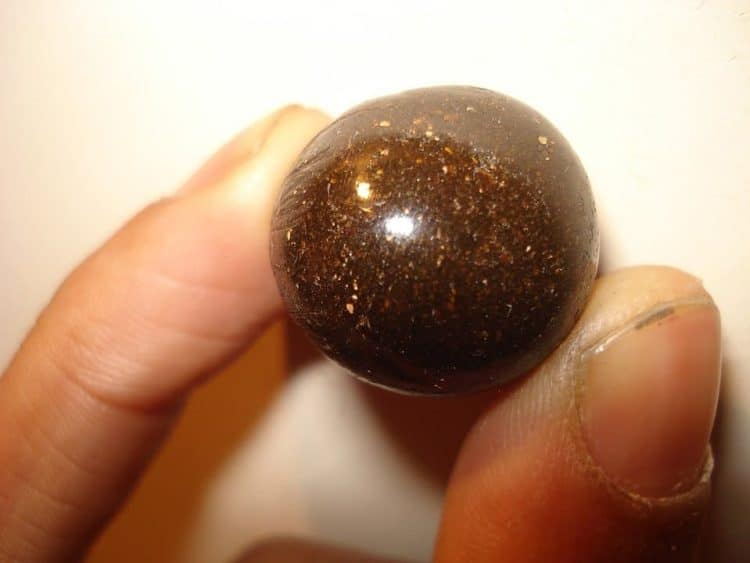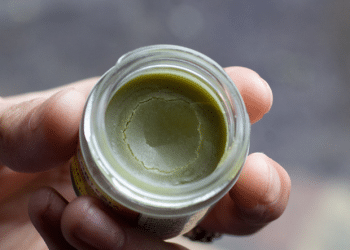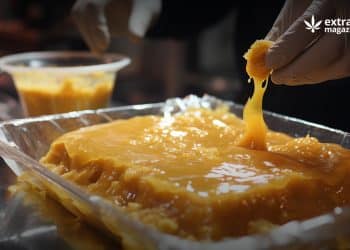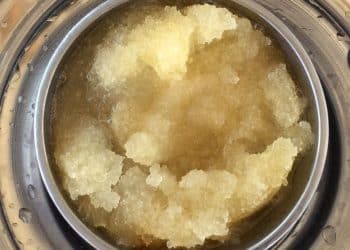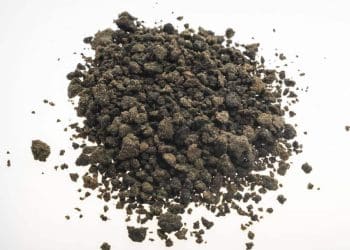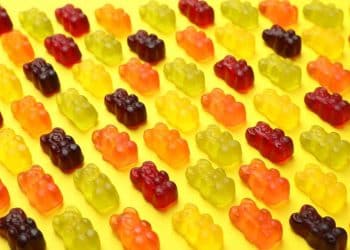Temple balls from charas (hand-rubbed or sifted resin) have been made in Nepal and surrounding areas for thousands of years. One of the original cannabis concentrates, temple balls use whole-plant cannabis and are aged to peak potency. As is the case with the similarly legendary concentrate moonrocks, temple balls are not for the inexperienced cannabis consumer. Historic cannabis concentrates such as temple balls have long been taken over by contemporary products like wax, live resin, and shatter. Consumers who have experienced true Nepalese temple balls, however, light up with nostalgia over a premium product from a bygone era.
Composition of Temple Balls
Producing temple balls requires no special equipment, just fresh, live cannabis flower (or, less traditionally, freshly dried flower). However, making temple balls does require knowledge of a specific hand-crafting technique that has been utilized for centuries. Industry pioneer Frenchy Cannoli describes taking “flowers between your palms using a light back-and-forth rubbing motion.”
As the buds are rubbed, trichomes collect on the temple ball maker’s hands, which eventually stick together as the oils, as well as the warmth of the skin, activate compounds in the temple balls being formed. Balls are rolled until spherical and flawless. Then, they are aged to form a crusty outer layer and soft, creamy interior. Temple balls can reach very high levels of tetrahydrocannabinol (THC), making them a concentrate that produces profound medicated effects with ease.
Temple Balls: Origins
People in Nepal and parts of Northern India traditionally used ceramic plates to roll their temple balls into perfectly smooth and round end products. The Dank Duchess attempted to make temple balls as an offering for Frenchy Cannoli, and almost pulled them off (minus the aging). Cannoli is one of the last remaining connoisseurs and artisanal creators of temple balls, which were popular in the 1960s and 70s.
As the legend goes, temple balls are named as such because the concentrate products were made by Buddhist monks and utilized in their meditations. However, the precise origins are unknown. Temple balls are not impossible to find here in the U.S., and some savvy consumers can readily find them in Amsterdam’s coffee shops. Temple balls can still be found in Nepal and other areas of South Asia — if you can talk to the right people, of course.
Image: Atonedstonedsparrow from Wikimedia Commons
